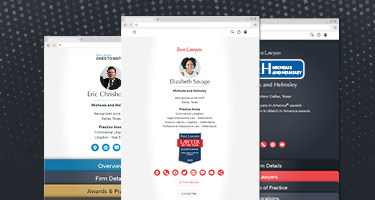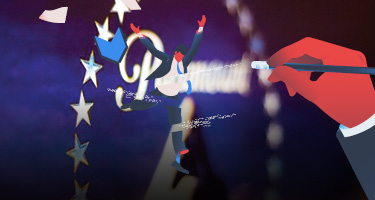To bring a case in federal court, Article III of the United States Constitution requires a plaintiff to demonstrate standing to sue by alleging three elements: (1) a concrete and particularized injury; (2) that is traceable to the defendant’s allegedly unlawful actions; and (3) that the injury can be redressed with a favorable judicial decision. These requirements ensure that federal courts do not exceed their power to decide cases and controversies.
New York Labor Law § 195 requires an employer to provide employees with certain wage notices and wage statements containing information including the employee’s regular and overtime rates of pay, calculations for each pay period, wage deductions taken, and other basic wage information. Failure to provide these notices at each pay period can carry statutory damages of up to $10,000 per employee. Seeing dollar signs, plaintiffs with overtime or other wage and hour claims frequently file suit in federal court, asserting both federal and state wage and hour claims, with a Section 195 claim tacked on. In response, the New York federal courts split on whether New York Labor Law (“NYLL”) § 195 statutory violations confer Article III standing.
In Guthrie v. Rainbow Fencing, Inc., the Second Circuit answered the question.
The Case: Guthrie v. Rainbow Fencing, Inc., 113 F.4th 300 (2d Cir. 2024)
Robert Guthrie sued his former employer, Rainbow Fencing Inc., in federal district court for unpaid wages and statutory damages under NYLL Section 195. Rainbow Fencing failed to respond to the complaint, and Guthrie moved for a default judgment. The district court entered judgment against Rainbow Fencing for unpaid minimum wages, unpaid overtime wages, and liquidated damages. However, the district court concluded that Guthrie failed to allege an injury-in-fact sufficient to meet the case-or-controversy requirement of Article III on his Section 195 statutory damages claim.
On appeal, the Second Circuit affirmed the district court’s ruling, finding that Guthrie did not properly allege Article III standing to bring his Section 195 claims. Relying on the U.S. Supreme Court’s decision in TransUnion LLC v. Ramirez, the Second Circuit held that plaintiffs asserting a statutory violation under Section 195 must allege they suffered a concrete and particularized injury-in-fact. Plaintiffs do not automatically satisfy the injury-in-fact requirement whenever a statute grants a plaintiff a statutory right to sue. Rather, Article III requires an actual injury to be alleged “beyond the statutory violation itself.” Because Guthrie failed to allege that he suffered an actual injury, the district court properly dismissed his Section 195 claim.
Takeaway
In a favorable turn for employers, the Second Circuit has now settled the issue of whether standing to assert New York Labor Law § 195 claims requires specific allegations of an injury-in-fact in New York federal courts. With the split now decided, plaintiffs’ side attorneys must take care to allege a concrete injury-in-fact to recover for statutory violations of the wage notice and wage statement requirements. Defense attorneys, in turn, should carefully review wage and hour complaints alleging Section 195 violations and consider whether a motion to dismiss those claims is warranted, as eliminating those claims can significantly reduce their clients’ potential exposure and improve their leverage for settlement.
















